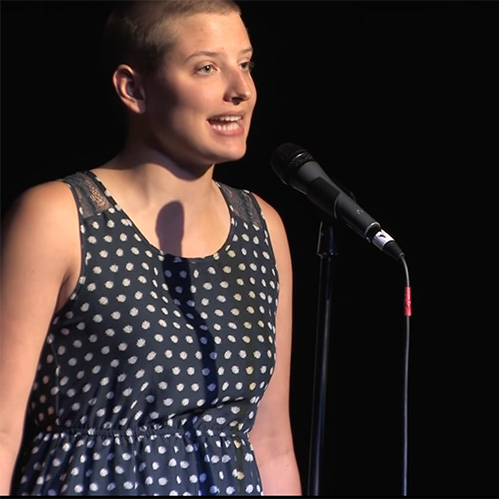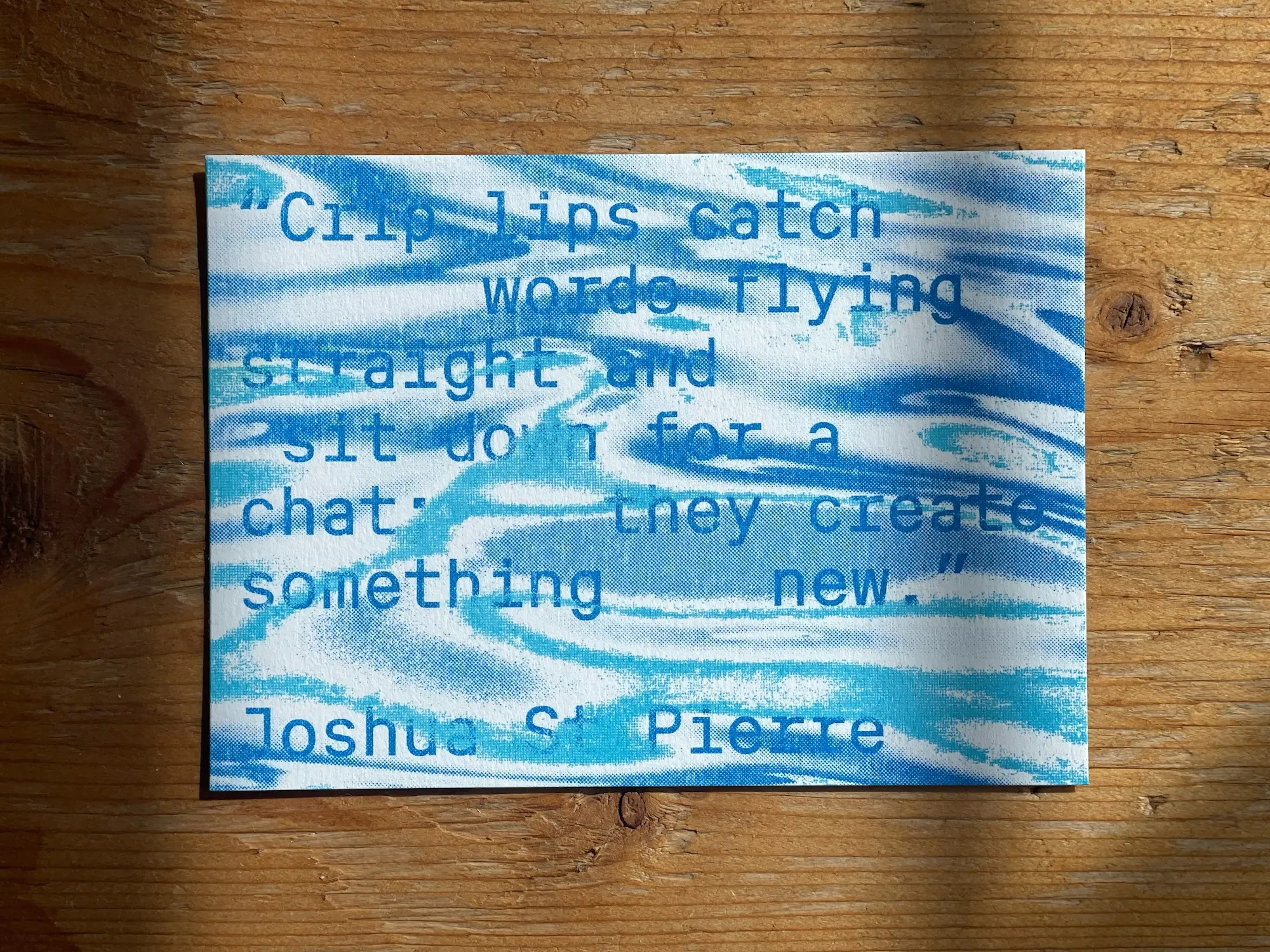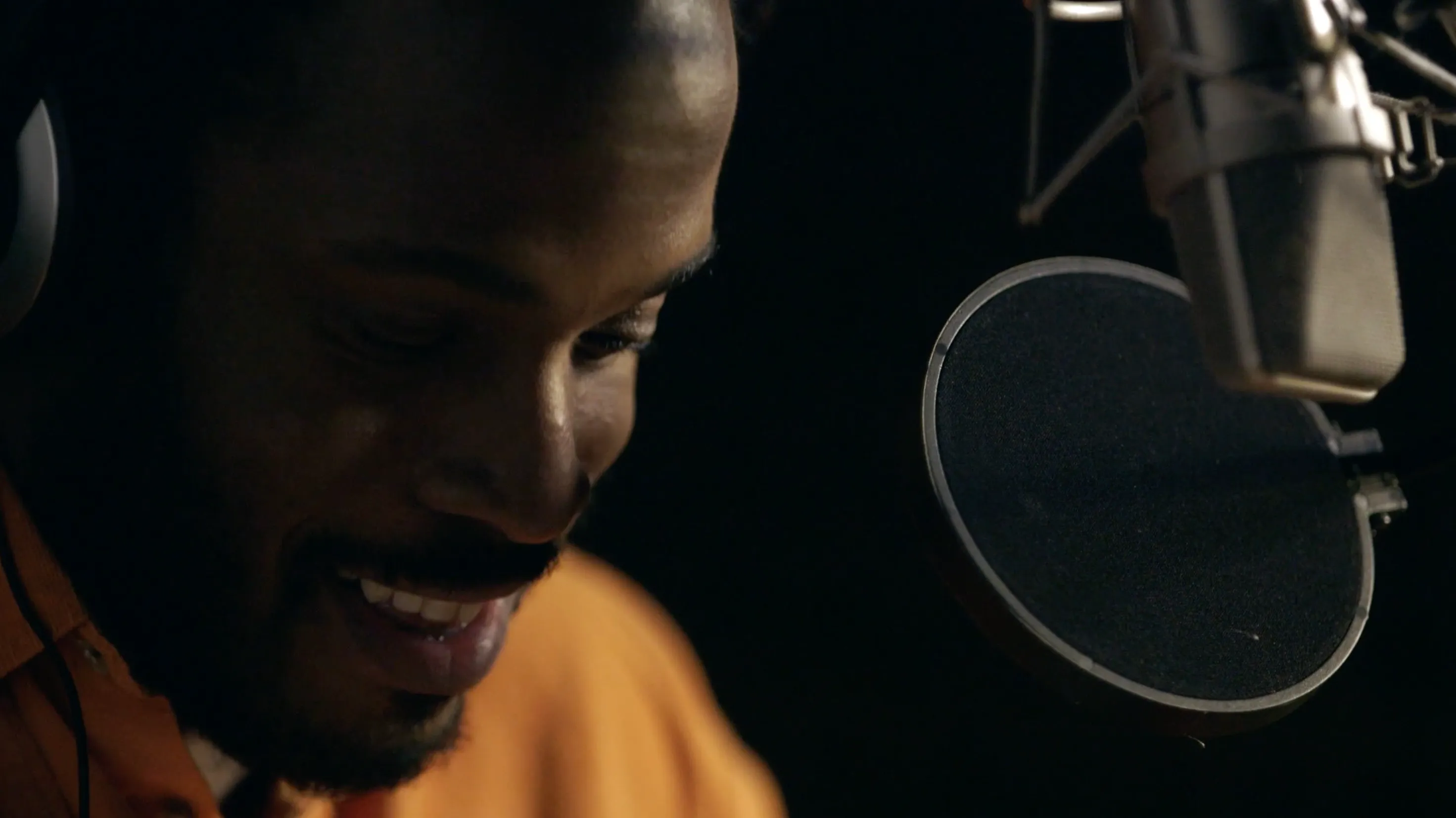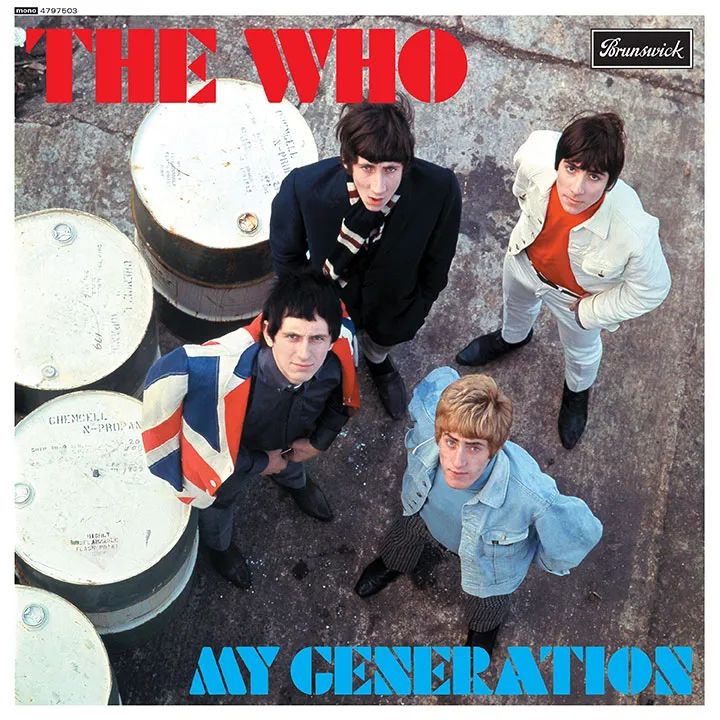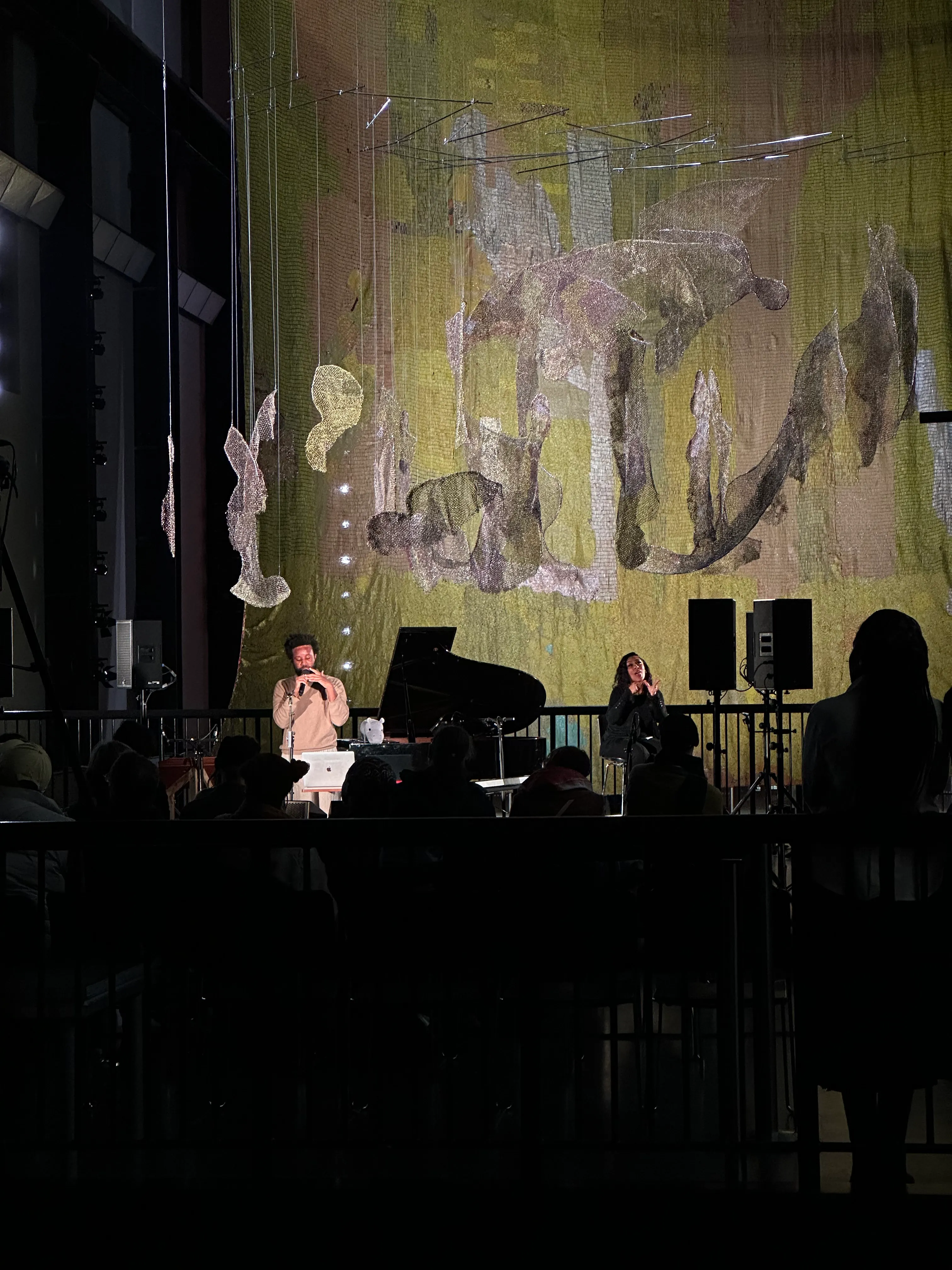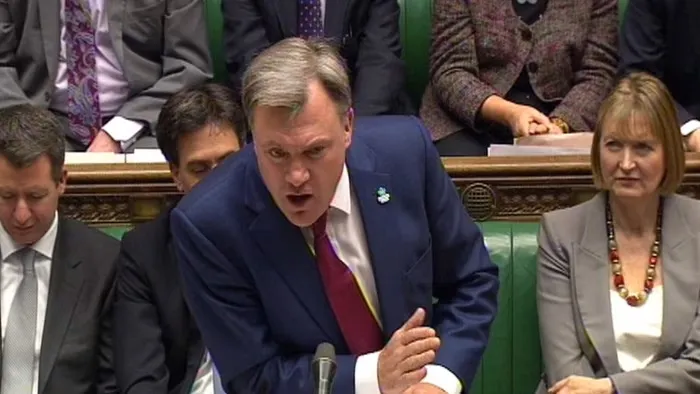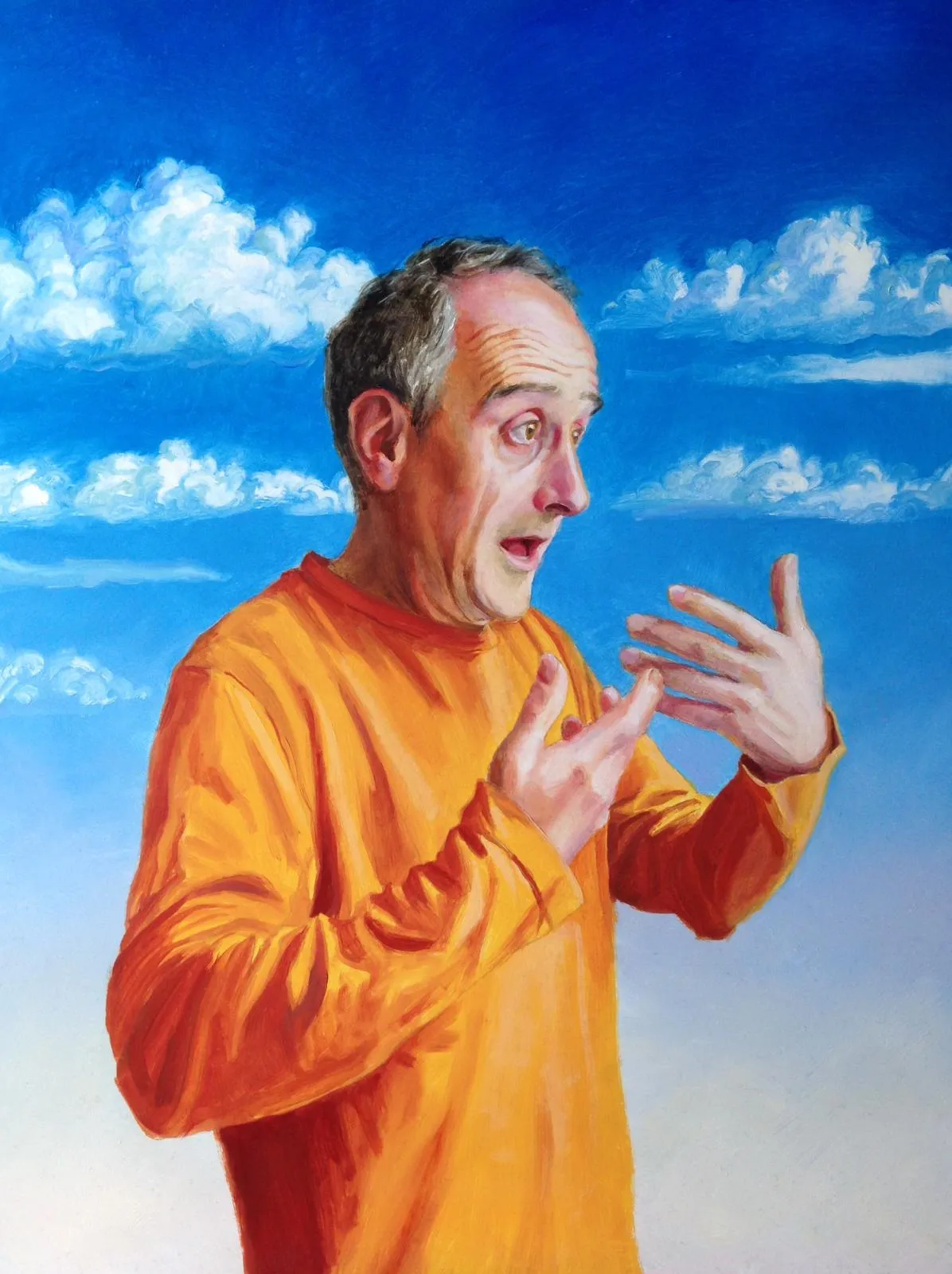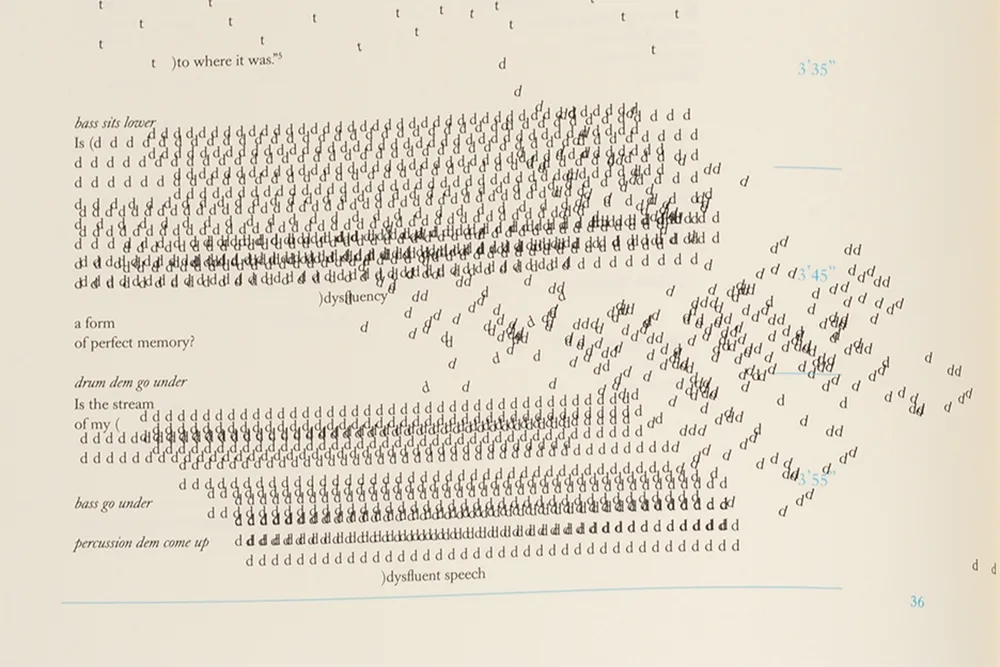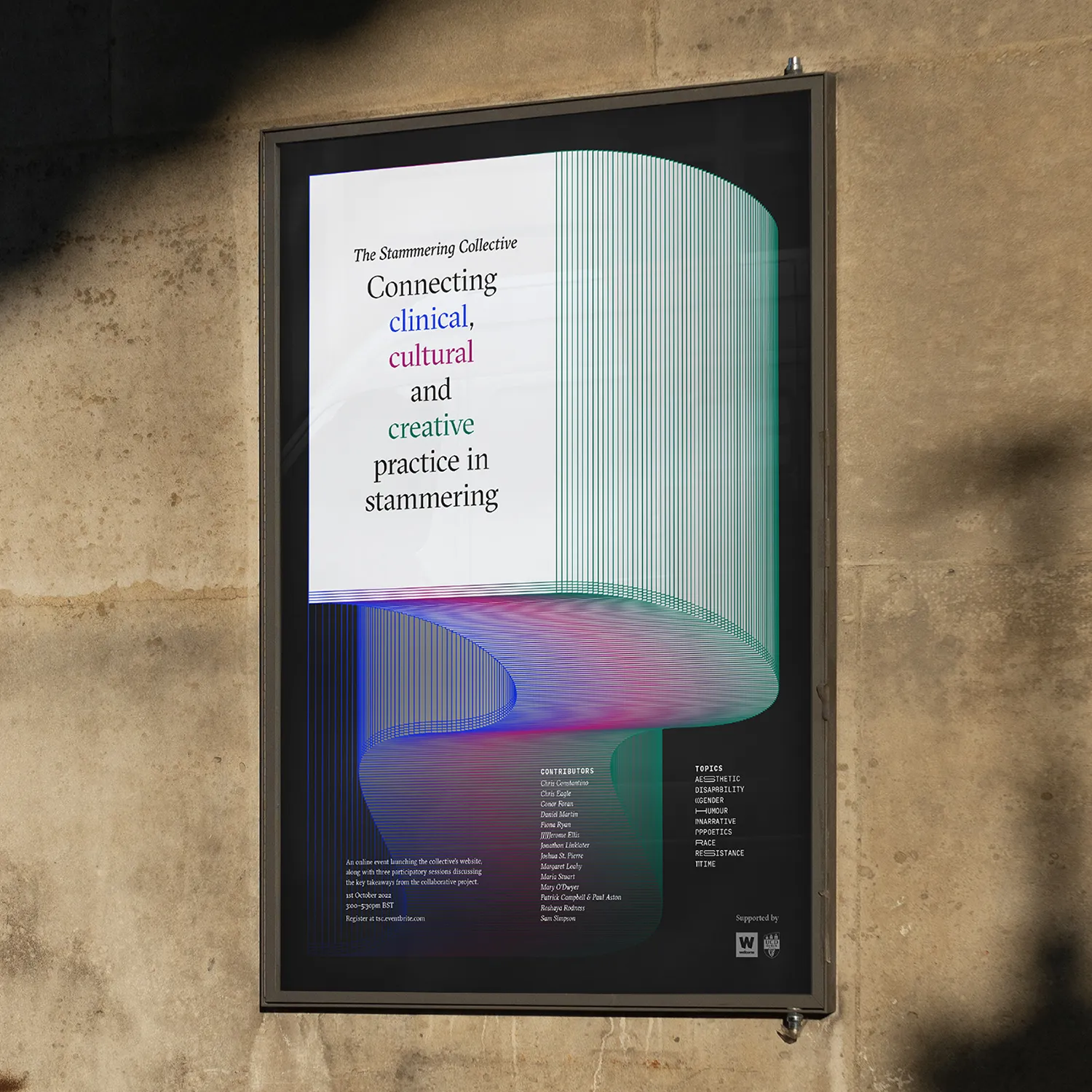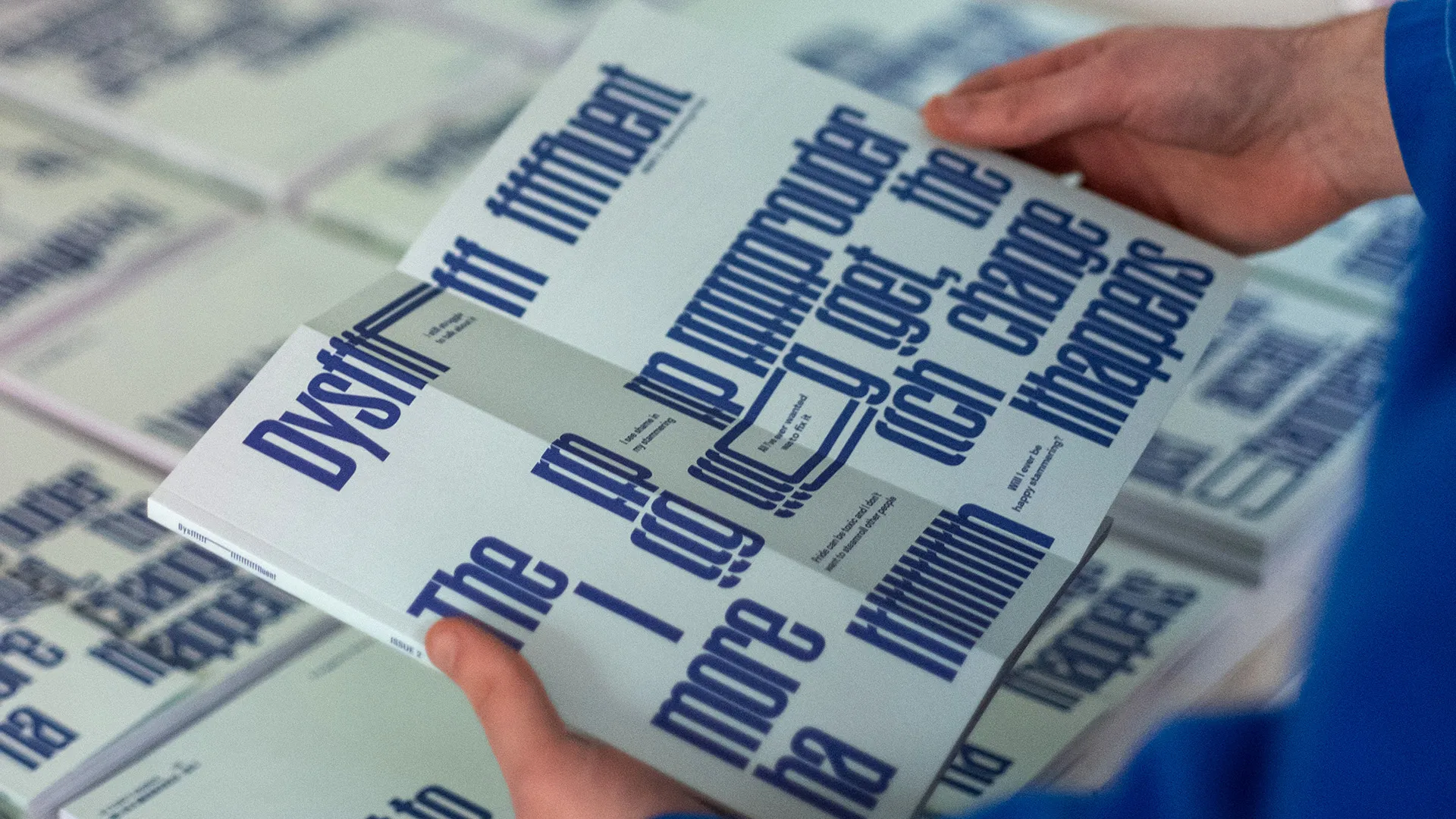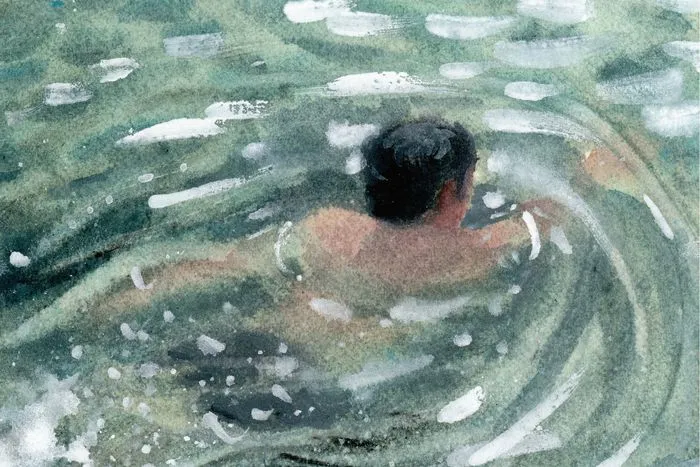We welcome stuttering in all its forms, frequencies, and intersections, recognizing that we all stutter and stammer in different ways. Collectively, we desire a space (and time) for people with dysfluencies and their allies to explore, celebrate, study, and document vocal differences.
We are collaborators with interests in promoting dysfluent speech as an aesthetic and expressive value in a culture that demands speed, efficiency, and fluency in voice. Many of us are people who stutter or stammer in our speech. We view our speech (and your speech, too) as beautiful in all its voluntary and involuntary utterances. Some of us have gained from our collaborations with speech-language therapists; some of us have been traumatized by that same work. Some of us are working toward a radical revisioning of therapeutic approaches to stuttered speech through stutter-affirming conversations and dialogues. In our collaborations (past, present, and future), we challenge the primacy of biomedical expectations about fluent speech. We love and celebrate the diversity of speech patterns, the pauses in voice, communication, and thought, that dysfluencies introduce in conversation, and we sustain those conversations through ongoing interdisciplinary dialogue.
We aim to produce accessible and sustainable resources that generate new understandings of speech dysfluencies and a transformative sense of belonging for those who speak dysfluently.
We fundamentally value those with dysfluent speech and disabled voices, inviting individuals, communities, academics, activists, artists, and therapists into a shared dialogue about how we experience, understand, and interpret dysfluencies. We challenge the medical models, social norms, and discriminatory practices that view dysfluency in terms of deficit, and we claim stuttering as a legitimate and valued form of speech variation within a soundscape of vocal difference and diversity. Our ongoing resources create vital connections between academic research, creative practice, and public accessibility and inclusion.
We honour the rich and varied sounds of stuttered speech by ensuring they are heard and experienced within an emerging stuttering culture.
We understand stuttering culture as the generative, creative potential of stuttering, seeing it as inherently valuable. A stuttering culture produces and amplifies more dysfluencies and creates an international community. We appreciate cacophony and ruptures in art, which contribute to how we understand and value dysfluent speech. We foster this sense of culture through international conversations in art, education, therapy, science, and lived experience. A stuttering culture values educational resources, publications, podcasts, conferences, events, exhibitions, and digital archives. We recognise stuttering’s cultural heritage and contemporary contributions, and we add to this soundscape of divergent voices. We delight in all the places that stuttering appears: the conversation, the discussion, the joke, the comic, the poem, the interview, the story, the dialogue, the monologue, the song, the stage, and the classroom.
We invite individuals, academics, activists, artists, and therapists into progressive and emancipatory dialogue about how we experience, understand, represent, and document dysfluency in all its intersections to support collective action and social change.
We aim to deconstruct, unsettle, rupture, and bend fluency privilege through harnessing the generative potential of dysfluency across cultures to support shared world building and knowledge mobilization. We strive to build and sustain a dysfluent future through stammering pride and speech diversity. We invite those with dysfluent, disabled, neurodivergent, and minority voices into future collaborations advocating for transformative belonging.
“A dysfluency manifesto” [text and audio] © 2024 by Stuttering Commons is licensed under Creative Commons Attribution-ShareAlike 4.0 International CC BY-SA 4.0
Read in English by Maria Stuart, Daniel Martin, Conor Foran, Sam Simpson, Patrick Campbell and Joshua St. Pierre.
French translation by Christine Tournier-Badbré, CC BY-SA 4.0. Portuguese translation by Sofia Fernandes, proofreading by Igor Lôbo, CC BY-SA 4.0. Spanish translation by Angelica Barnabe, CC BY-SA 4.0. Japanese translation by Asa Ito, CC BY-SA 4.0.
Sign Our manifesto
Thank you for signing the manifesto and joining us in disrupting dysfluency privilege.
